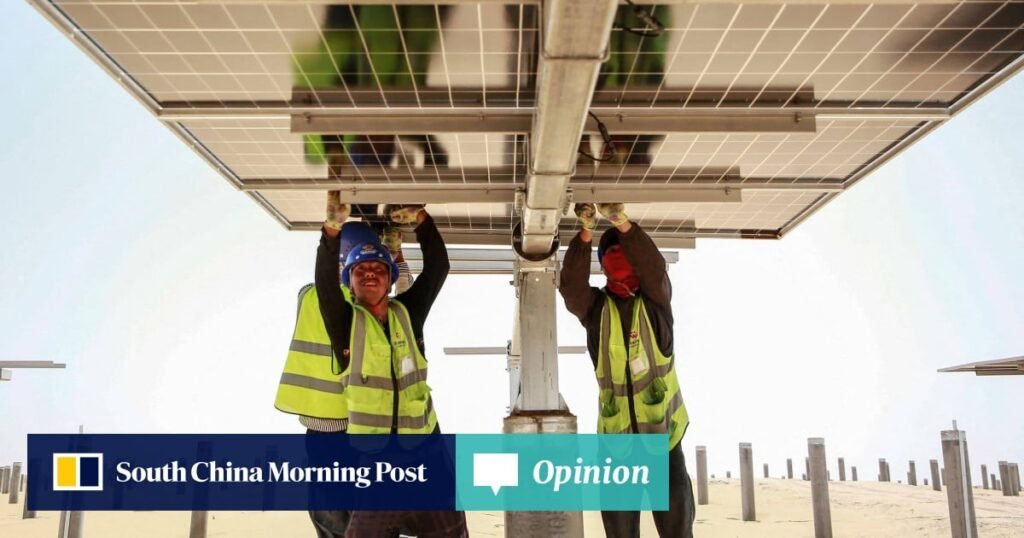As senior U.S. officials met with their Chinese counterparts last week to discuss the impact of China’s manufacturing “overcapacity” on the U.S. economy, it’s worth pausing to consider both the significant benefits and concerns posed by Beijing’s massive and unprecedented expansion of clean energy technologies. China’s leadership in all aspects of decarbonization, including research and development, investment, manufacturing, and deployment, is delivering extraordinary economic outcomes at home. According to an analysis published by the Helsinki-based Center for Energy and Clean Air Research, 40% of China’s gross domestic product (GDP) growth in 2023 will be driven by the clean energy industry, supporting the country’s continued economic development even as the real estate and construction sector slows.
This has had global ramifications. For example, in the solar manufacturing supply chain, China accounts for 93% of the global production capacity of polysilicon, a key material in solar panels. As China dramatically expanded its production to a globally dominant level, the price of polysilicon fell sharply.
Other countries are struggling to compete: Prices for polysilicon produced outside China remain high at about $21 per kilogram, while prices in China have fallen to $4 to $5 per kilogram.

